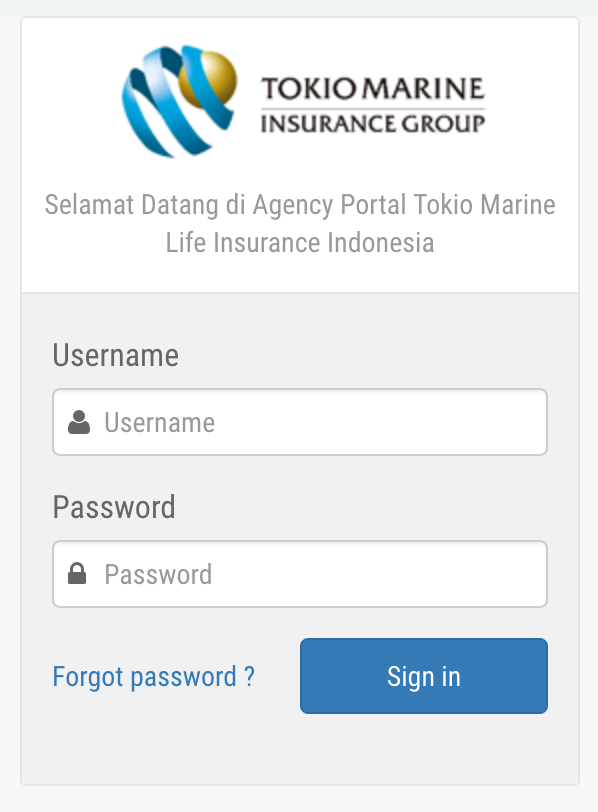ABOUT
BIO
ABOUT ME
Linux geek and practitioner with more than 10 years of extensive professional experience in running high traffic sites with more than 200k daily active users (or up to 40k hourly active users). Other than that, I also have expertise in building Linux based systems that are highly available, cost efficient, fault tolerant, and scalable.
Proven track record in starting Devops initiative and implementing all Devops related tool such as Jenkins, Puppet and Ansible in two of my previous companies. Nowadays I try to automate pretty much everything, such as servers provisioning, build, application deployment in production or even disaster recovery site, service installation/configuration by using Jenkins, Puppet and Ansible.
Strong expertise and hands on experience on Linux RedHat/CentOS. That includes but not limited to service and system configuration/tuning of linux based services, such as Apache, Nginx, MySQL/Percona, Postgresql, memcached, percona and linux operating system tuning and hardening. Additionally, i also have few years of working experience in MySQL database administration and develop technical competency in queries optimization and have written several queries for reporting as well.
My own self quotes are “passion” and “lifelong learning”. I have a deep passion for the latest technologies and additionally I strongly believe in order to stay on top of IT industries that keep evolving, I have to keep learning what are the latest trends out there. And subsequently that is also why I got a high self-enthusiasm when it comes to learning especially if it is related to automation, container and cloud- based technologies.





























